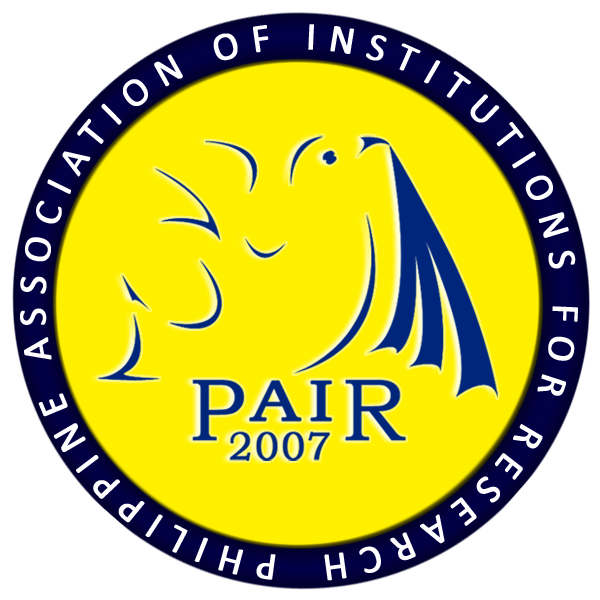Triple Feedback Hybrid (TFH) GIS Learning Framework: A Learning-Crime Solution Amalgamation
DOI:
https://doi.org/10.7719/jpair.v11i1.195Abstract
In the past decades, Geographic Information System (GIS) became a powerful tool in policing. However, a niche in the andragogy of GIS training was found. Thus, a Triple Feedback Hybrid (TFH) GIS Learning Framework was formulated to facilitate the learning process. A GIS utility model (GUM) was developed based on a real and specific problem scenario. Afterwards, the learning objectives of the training module syllabus were conveniently contrived as a simulation of the GUM procedure. In connection, module testing through trainings was conducted to equip police personnel with GIS application. It was found that participant attitude and leadership commitment played a central role in GIS learning and implementation. Moreover, focus groups with staggered phasing of trainings provided more attainable learning objectives, adequate time for mastery, and opportunity for reflective learning. As a result, the implementation of GIS in the Baguio City Police (BCPO) became a policy. Furthermore, the humble start of the research made an imprint as a best practice in rationalizing police operations, enhancing crime prevention, and engaging community policing in the regional and national level.
Downloads
References
Baker, Thomas. (2009). Intelligence Led-Policing: Leadership, Strategies, and Tactics. Looseleaf Law Publications, Inc., USA.
Downloads
Published
Issue
Section
License
Copyright (c) 2013 Nathaniel Vincent A. Lubrica

This work is licensed under a Creative Commons Attribution-NonCommercial 4.0 International License.
Open Access. This article published by JPAIR Multidisciplinary Research is licensed under a Creative Commons Attribution-Noncommercial 4.0 International (CC BY-NC 4.0). You are free to share (copy and redistribute the material in any medium or format) and adapt (remix, transform, and build upon the material). Under the following terms, you must give appropriate credit, provide a link to the license, and indicate if changes were made. You may do so in any reasonable manner, but not in any way that suggests the licensor endorses you or your use. You may not use the material for commercial purposes.




















